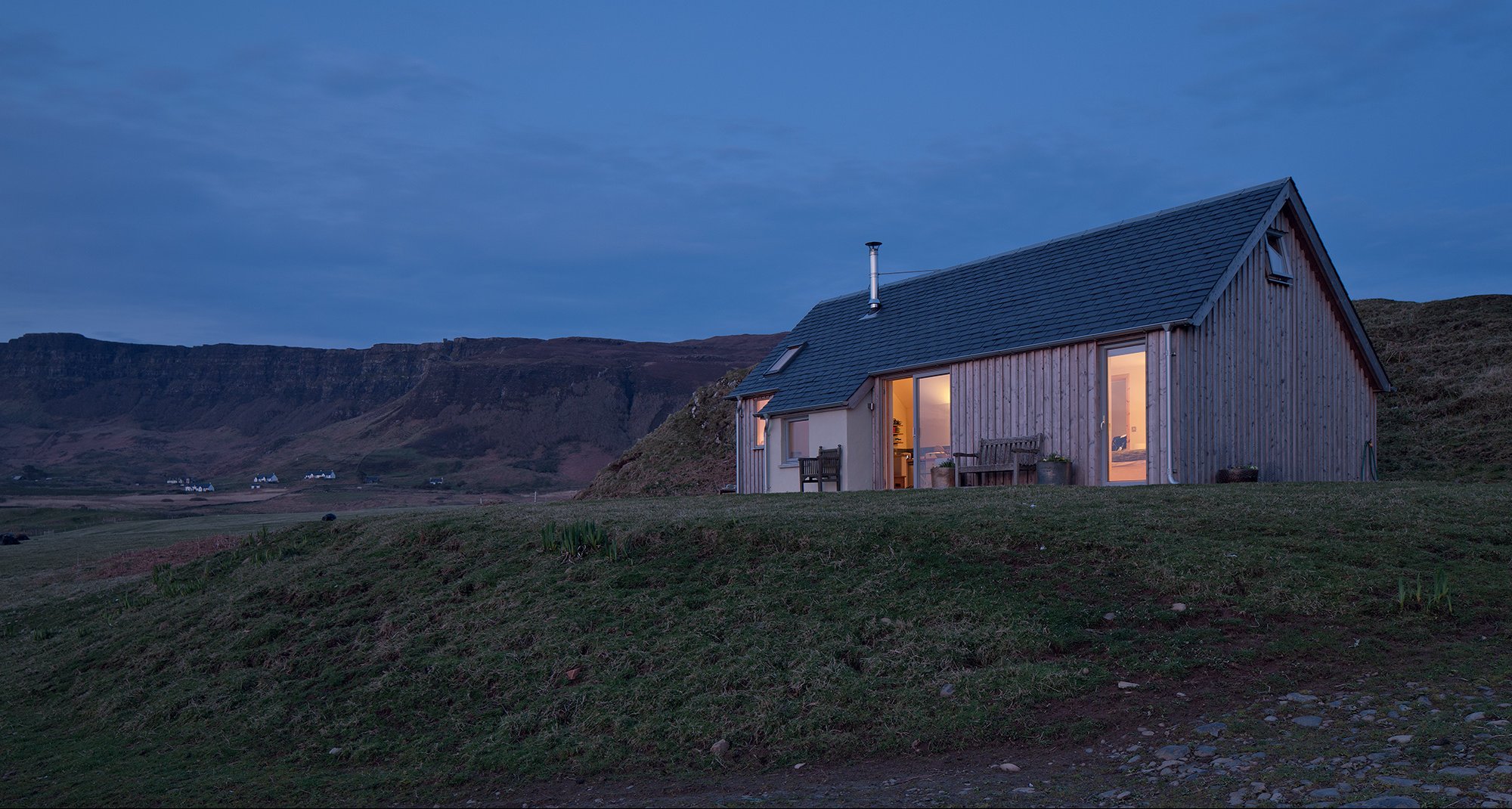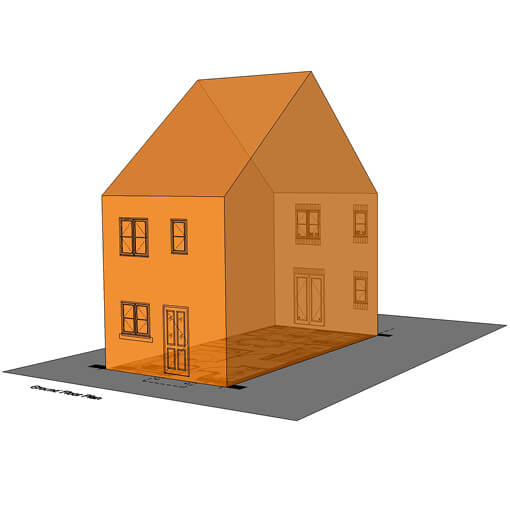Building a House Step by Step: A Guide From Start to Finish
Table Of Content

This step can be done while the doors and windows are being installed. With the sheathing attached to the bones of the house, the windows and doors can be installed. After the footings, foundation, plumbing, and electrical basics have been laid, there will be an inspection to make sure the foundation was done correctly and follows local code requirements. We analyze over 27 million transactions and thousands of reviews to determine which agent is best for you based on your needs. It takes just two minutes to match you with the best real estate agents, who will contact you and guide you through the process.
Step 11: Have an inspection done on the foundation
There’s not just a mortgage to consider, but also financing for the land, labor, and materials. Your local government will have pricing and instructions on how to get a final home inspection. A professional inspector will check your home for structural integrity and make sure it’s safe to live in. Plumbing fixture costs also depend on the number and types of installations you need. Electrical and plumbing fixtures require groundwork, as do many home appliances.
Thinking of building a house?
Keep in mind that the homebuilding process may vary from region to region and builder to builder, especially if you’re building an elaborate custom home. Be sure to ask your builder about their specific policies and procedures. To help you prepare for and understand your new home’s construction, this article outlines the typical steps your builder takes during the construction of a new home and what happens at these key stages. Electricians and plumbers rough-in the electrical circuits and plumbing pipes.

How much can I borrow for my home building project?
Building a new house requires a frame with sheathing, and — eventually — windows and doors. Your local government wants to make sure the foundation is safe to build on, so it will require an inspector’s approval before work can continue. A foundation inspection can cost between $300 and $800, and should take only two or three hours. On top of a residential construction permit, some of the specialized permits you may need include electrical, mechanical, and plumbing permits. Once you’ve short-listed potential building teams, schedule interviews to discuss your project with them, Parker says.
Landscaping
Sign up for our newsletter and get two free tickets to a Homebuilding & Renovating Show near you. Getting underway with the superstructure is an exciting part of building a house. Make sure you are aware of the stages when you will need sign off from a building inspector. Understanding what to expect at each stage of the build will give you the confidence to engage with trades at certain points along the way and generally feel comfortable with the build process. The great room flows into the dining room and kitchen for a relaxed vibe.
New home? The costs hidden behind your front door
It’s a good idea to call or email your builder whenever you want to check on the status or have any questions. The walls get a final coat of paint or are wallpapered where applicable. Installing an HVAC system with ductwork can cost $7,000 to $16,000, but add-ons can bring this range up to $13,000 to $17,000.
Starfield Finally Lets You Build The House Of Your Dreams - Screen Rant
Starfield Finally Lets You Build The House Of Your Dreams.
Posted: Sun, 31 Mar 2024 07:00:00 GMT [source]
There are currently 91 floor plans available for you to build within all 73 communities throughout the Los Angeles area. Browse through our entire collection of home designs, floor plans, and house layouts that are ready to be built today. The foundation for a custom California home will cost anywhere from $1,300 to $20,000, bringing the typical cost to around $10,650.
This inspection may be repeated depending on the type of foundation (slab, crawl space, or basement). Your builder will then remove the forms and begin coordinating step No. 2, the framing phase. A 90-day approval process on construction loans is common, because the lender must approve the project and the builder, not just you. If you use a short-term construction loan that only covers building costs, you’ll likely need to refinance into a traditional mortgage once construction is complete.
A Step-by-Step Guide to the Home Building Process
Chances are you’d have to put everything in storage and find temporary housing. When you build a house, you can put it where you want it and create the environment you need. Homeownership costs add up to thousands of dollars, depending what repairs or replacements are necessary and where you live. Depending on its age, purchasing an existing home means buying all of its problems.
Others choose to continue working with professional designers and decorators to create their perfect home. If you are thinking of doing everything yourself, make sure you know what you're doing as you may end up having to hire a professional anyways to fix any mistakes, which will end up costing you extra. The next step is a Small Town, but, for the next round of upgrades, you’ll have to set up a lot more infrastructure. You’ll need a stonecutter camp, clay from a mining pit that gets turned into rooftiles at a clay furnace, and a farm for barley along with a malthouse, brewery, and tavern. You’ll also need a steady supply of at least three kinds of food. And you’ll have to turn one of your burgage plots (level 2) into a cobbler.
Before you head to the homesite unannounced, talk to your builder early on about attending inspections, with or without your real estate agent. Even if your presence is not required, it’s an opportunity to learn more about what’s behind the walls of your new home and how everything works. If you’re planning to hire your own inspector to do an additional review of the home, notify your builder prior to the start of construction. Electrical wiring usually is installed around ducts and pipes while the HVAC systems and plumbing are still exposed. The national average is $23,892, or about 6% of the average construction budget. The average national cost for installing windows and exterior doors when building a single-family home is $13,158, but the price will vary depending on the number and types of windows and doors you need.
Your builders will take you through the home to give it a final look, typically three to four weeks after construction is completed. This often is called a blue-tape walk-through, or a blue-tape inspection. You’ll meet with a representative from the construction company, and they’ll make sure you’re satisfied with the work.
Comments
Post a Comment